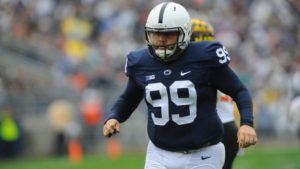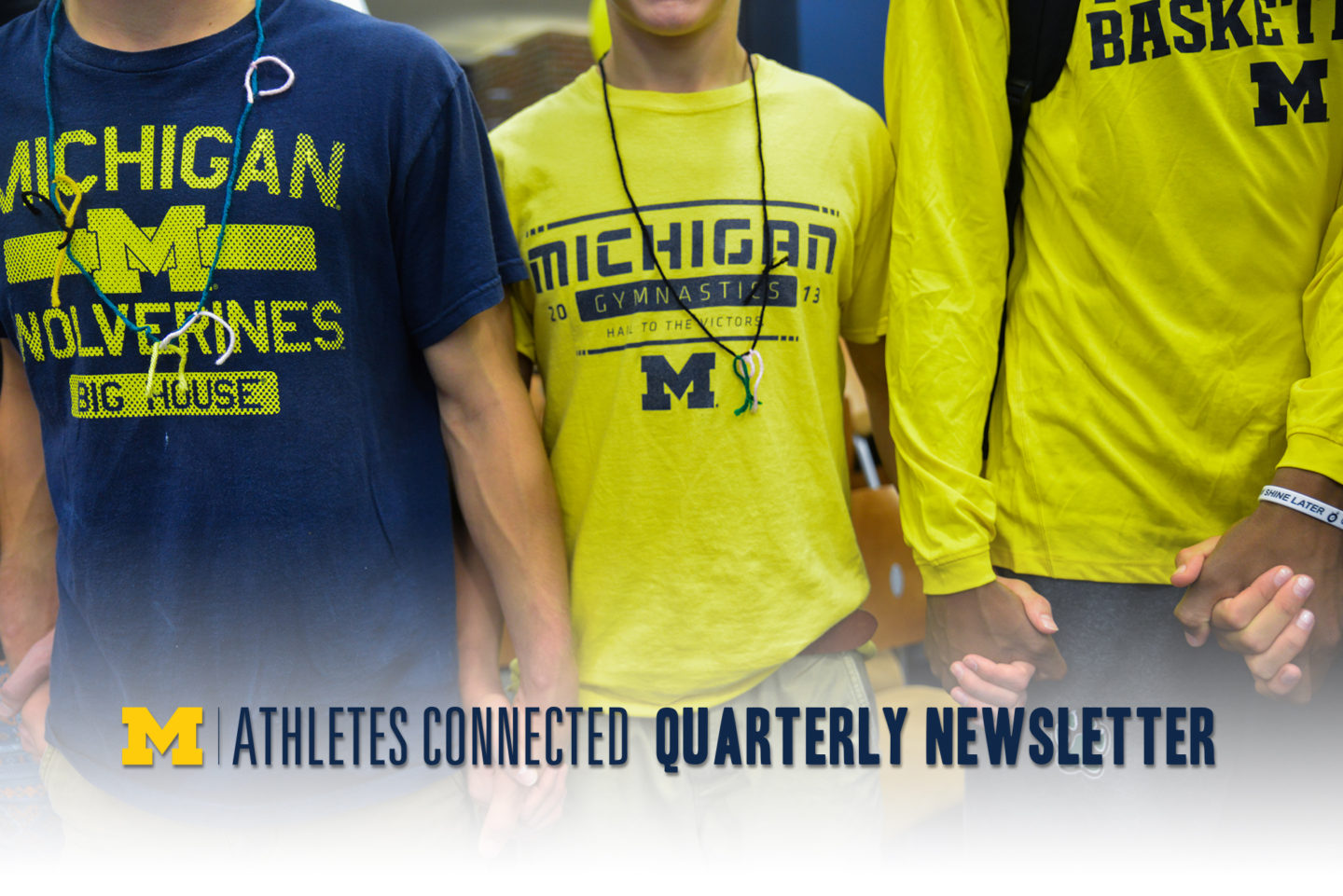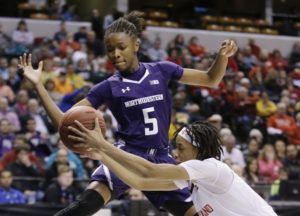Eight athletes opened up about their mental illnesses in a story by USA Today.
Michael Phelps (swimming), Imani Boyette (basketball), Mardy Fish (tennis), Rick Ankiel (baseball), Royce White (basketball), Allison Schmitt (swimming), Brandon Marshall (football), Jerry West (basketball) share their respective stories of battling depression and bipolar disorder. The story is written by Scott Gleeson and Erik Brady. Below is an excerpt of Rick Ankiel’s story.
Rick Ankiel
HARDLY ‘IMMUNE TO INNER PAIN AND TORTURE’

Rick Ankiel was on the mound for the St. Louis Cardinals against the Atlanta Braves in Game 1 of the 2000 National League Division Series when he found he couldn’t do what had always come so naturally. Ankiel, the pitcher, couldn’t pitch anymore.
He threw five wild pitches in an inning; no major leaguer had done that since 1890. More starts produced more wild pitches. He was never the same.
“There’s such a stigma, especially with men, that you can’t falter, and that you shouldn’t get help.”
Baseball people said he had the yips — jitters that make it nearly impossible for an athlete to throw a strike or sink a putt — though in his case severe anxiety was at the root of it.
“For anyone who hasn’t had it happen to them, they don’t understand how deep and how dark it is,” he says. “It consumes you. It’s not just on the field. It never goes away. … It’s this ongoing battle with your own brain. You know what you want to do — in your heart. But your body and brain won’t let you do it.”
Ankiel would eventually have to give up his pitching career. Remarkably, he would come back years later as an outfielder. He is one of two players in major league history who have started a postseason game as a pitcher and hit a home run in the postseason as a position player. (The other? Some fellow by the name of Babe Ruth.)
Anxiety on the mound led to obsessive thoughts in his daily routine. TV analysts called him weak. They said he lacked mental toughness.
“I can’t imagine how bad it’d be with social media nowadays,” he says. “There’s such a stigma, especially with men, that you can’t falter, and that you shouldn’t get help.”
Ankiel found himself envious of players who had physical injuries that rehab could fix. He turned to therapy, breathing exercises and different medications — mostly to no avail.
“Nobody really had any answer,” he says. “There’s no remedy or cure.”
Ankiel was USA TODAY Sports’ high school baseball player of the year in 1997. Some touted him as the second coming of Sandy Koufax. And then, poof, it was gone.
“It was beyond frightening and scary,” he says. “We’re getting paid millions, but that doesn’t mean we’re immune to inner pain and torture.”
Ankiel wrote about all of this in The Phenomenon: Pressure, the Yips and the Pitch that Changed My Life, which came out this year. It tells of how he tried vodka and marijuana to calm himself. Nothing worked. Enter Harvey Dorfman, the late sports psychologist, who became a father figure in Ankiel’s darkest hours and helped “save my life” as his pitching career unraveled. Dorfman, who wrote The Mental Game of Baseball, helped Ankiel face his abusive childhood.
“For athletes, you want to try to turn over every stone possible to be at the best of your ability,” Ankiel says. “So if there’s a doctor or counselor who can help you, why not turn over that stone? Having a culture conducive to mental health is big. I think we’re getting there. Just about every (MLB) team has a psychology department. I’m glad we’re starting to understand. We’re all human, and I think the more we talk about mental health, the better.”
Read the rest of the story on USAToday.com.





 Earlier this week, Athletes Connected excitedly distributed its
Earlier this week, Athletes Connected excitedly distributed its 
